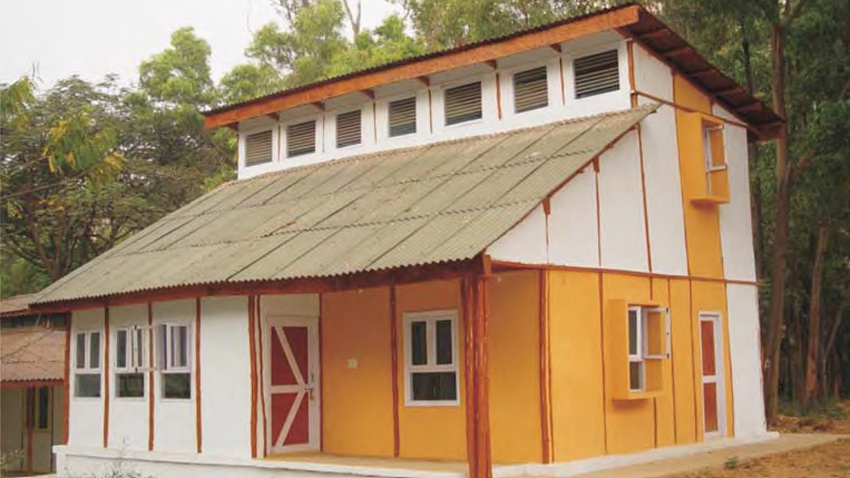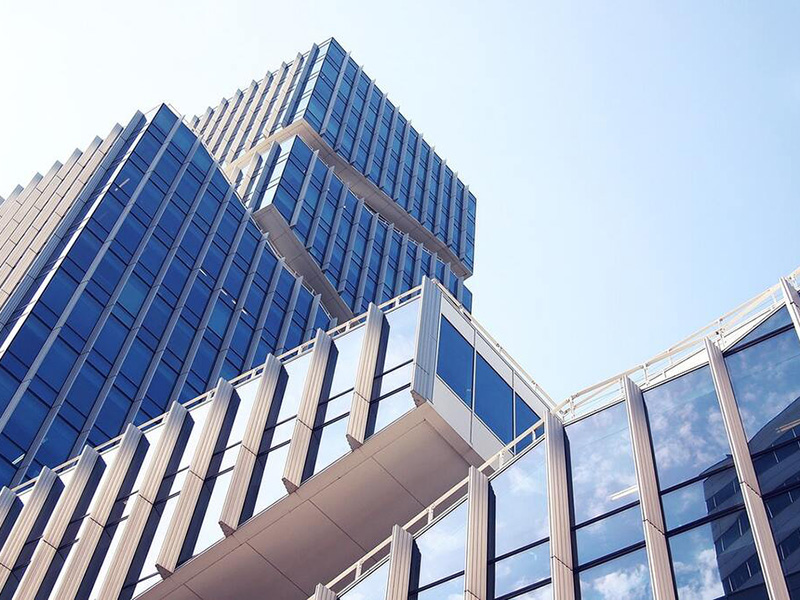
Jagadish Vengala, Scientist-C and Dr. C. N. Pandey, Director, Indian Plywood Industries Research and Training Institute (IPIRTI), Yeswanthpur, Bangalore
Introduction
Bamboo is gaining worldwide interest as an eco-friendly material, and thus there is developing interest towards bamboo building technology based on recognized engineering principles. Bamboo construction has always been considered temporary and not surprisingly bamboo is replaced almost every year in many of the rural buildings.Bamboo building techniques as they currently exist are mostly traditional in nature and based on knowledge gained over the years. In India, numerous studies have been carried out relating to the preservation of bamboo with a goal of enhancing its service life and understanding the mechanical properties of bamboo in order to assist engineers in selecting and designing. Factors such as its high strength to weight ratio, ease of construction, and particularly its rapid growth make it a green and sustainable building material.
In the modern context when forest cover is fast depleting and availability of wood is increasingly becoming scarce, the research and development undertaken in past few decades have established and amply demonstrated that bamboo could be a viable substitute of wood and several other traditional materials for housing and building construction sector and several infrastructure works. Its use through industrial processing have shown a high potential for production of composite materials and components which are cost-effective and can be successfully utilized for structural and non-structural applications in construction of housing and buildings.
In India, although bamboo is widely used in some regions, it must be emphasized that its use has been secondary as a semi load bearing element or as infill material in timber framed houses. It is in this context that the bamboo housing technology developed at IPIRTI is of greater significance.
The IPIRTI–TRADA Bamboo Housing system differs significantly from conventional bamboo constr- uction practices in many ways viz.–
- Use of round bamboo as columns, rafters and trusses as main load bearing element,
- Use of split bamboo grids/chicken mesh and plastered with cement mortar to act as shear walls for transmitting wind loads and to provide overall stability to the structure,
- Application of appropriate preservative treatment to bamboo depending on the degree of hazard and service conditions,
- Use of Bamboo Mat Board(BMB) as gussets in combination with mild steel bolts for load bearing joints in roofing structure, and
- Use of Bamboo Mat Corrugated Sheet (BMCS) as a roofing material.
The information about the various bamboo species available in India and their physical and mechanical properties, grading for structural purposes, its durability and treatability and also design considerations has been included recently in Section 3B, Part–6 of National Building Code of India (NBC) 2005.
Development of bamboo structures depends upon availability of graded & standardized raw material; Access to design information like standards & codes, design procedures to engineers/ Architects; Availability of eco–friendly preservatives and preservative facilities; trained man power in bamboo carpentry & joining methods; Participation of NGO's and Government in encouraging wider use of bamboo building; development of standard designs and do-it-yourself kits.















